6 /10 1 Votes6
| 3/5 TouchArcade Initial release date 25 November 1994 | |||||||||||||||||||||||||||||||||
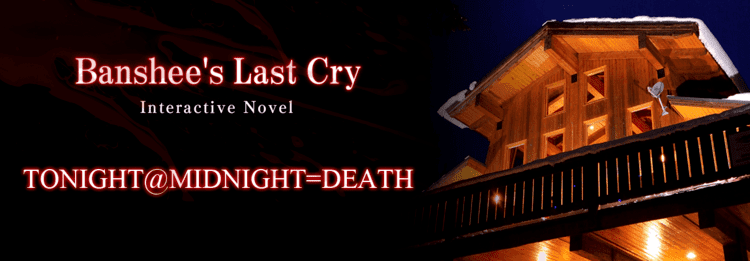 | ||||||||||||||||||||||||||||||||||
Release date(s) Super FamicomJP: November 25, 1994PlayStationJP: December 3, 1998Game Boy AdvanceJP: June 28, 2002Mobile PhoneJP: April 1, 2002PCJP: July 1, 2002iOSWW: January 24, 2014PlayStation VitaJP: February 16, 2017 Publishers Chunsoft, Aksys Games, Spike Chunsoft Similar Chunsoft games, Visual novel games, Other games | ||||||||||||||||||||||||||||||||||
Let s play banshee s last cry ios ep 1
Banshee's Last Cry, known in Japan as Kamaitachi no Yoru (Japanese: かまいたちの夜, "The Night of the Sickle Weasel") is a visual novel video game developed and published by Chunsoft (later Spike Chunsoft). The game was first released in Japan for the Super Famicom on November 25, 1994, and has since been ported to PlayStation, Game Boy Advance, PC, and mobile phones. An English localized version (including changes to the setting and character names) of the game was translated by Jeremy Blaustein and released by Aksys Games on January 24, 2014 for iOS, with a release on Android devices to follow. The story-line was written by Takemaru Abiko and production was directed by Kazuya Asano and Kōichi Nakamura.
Contents
- Let s play banshee s last cry ios ep 1
- Gameplay
- Characters
- Story
- Writing competition
- Music
- Graphics
- Releases
- Changes
- Radio drama
- Television drama
- Reception
- References
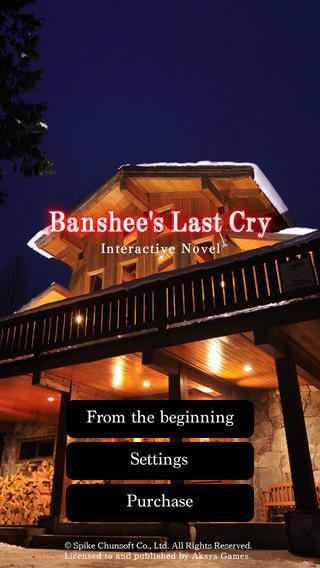
Banshee's Last Cry was the second sound novel developed by Chunsoft, and its popularity brought a myriad of other companies to develop similar games. The term "sound novel" was originally a registered trademark of Chunsoft, but is now regarded as a whole genre of its own. The game sold close to a million copies (including remakes and ports), making it a financial success as well.
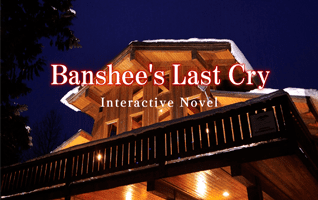
Gameplay
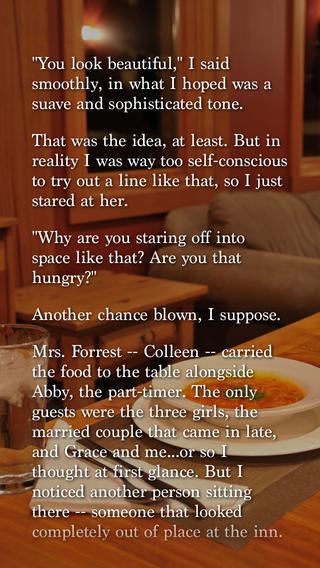
The game plays similarly to a gamebook. The player reads the text from the game screen, and makes choices which will affect the outcome of the game.
Characters
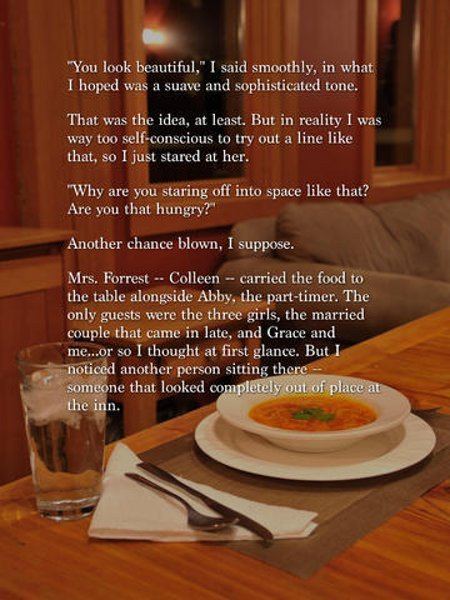
Story

The game revolves around Tōru and his girlfriend Mari, who are suddenly drawn into a horrible murder mystery while on vacation at a skiing lodge. The first part of the games develops as a crime-solving adventure. Additional murders occur if the player is unable to find clues, and the story culminates into a horror movie-esque ending.

When the player completes the main story with a certain number of different endings, two additional stories (the occult chapter and spy chapter) are unlocked. When all three stories are finished with every possible ending, two more self-parodical stories also become available. Fulfilling one final requirement allows the player to unlock a parody of Torneko no Daibōken: Fushigi no Dungeon.

The additional stories cover a wide variety of themes, and are completely unrelated to each other and to the main story. Though the same set of characters is used throughout the game, the character settings differ significantly in each story.
Writing competition
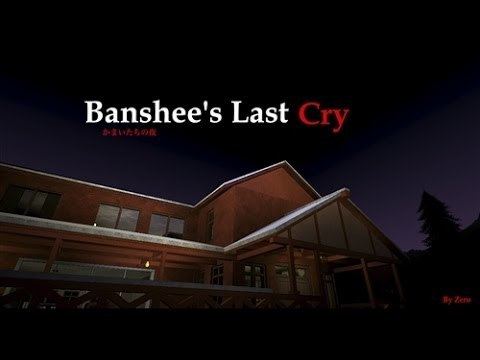
This competition was announced in the official guidebook for the game, which was published shortly after the release of the Super Famicom version, and called for readers to write their own storylines based loosely on the events in the game. Unfortunately, only a very short period of time was allotted for submissions, and many readers were unable to finish their storylines in time. The 10 best storylines (including those in short story and game book format) were published in a book titled Anata dake no Kamaitachi no Yoru (あなただけのかまいたちの夜, lit. "Your Own Night of the Sickle Weasels"). The book was a great success, despite the fact that it only targeted readers who had played the game and read the official guidebook. Prize money was awarded to the writers' whose compositions made it into the book.
A similar competition was started upon the release of Kamaitachi no Yoru 2. Anata dake no Kamaitachi no Yoru went out of print after several years, but was re-published following the release of the game sequel.
Music
Composed by Kōjirō Nakashima and Kōta Katō, the game music gained significant popularity and was often reused in television shows concerning Aum Shinrikyo, which was at the center of the Japanese media during the 1990s. The background music for accusing the murderer continues to be used in related television shows in Japan. Two of the songs, "Sequence" and "Two People Return Alive" were orchestrated for Orchestral Game Concert, vol. 4 of the Orchestral Game Concert series.
Graphics
Real pictures were used in the game background, most of which were taken at the "Knulp" lodge, located in Hakuba, Nagano. Exceptions are the background for bathrooms and the wine cellar, which were taken using miniatures. All in-game characters are animated silhouettes.
The English localization changed the setting including the graphics to a lodge in British Columbia.
Releases
Banshee's Last Cry has been ported on the PlayStation as "Kamaitachi no Yoru Tokubetsu Hen" (December 3, 1998) and the Game Boy Advance as "Kamaitachi no Yoru ~Advance~" (June 28, 2002). It has also been released on the J-PHONE as "Kamaitachi no Yoru mini" (April 1, 2002), and on PC as "Kamaitachi no Yoru internet" (July 1, 2002). i-mode began its own release on January 30, 2004. The main story was also included in the PlayStation 2 sequel Kamaitachi no Yoru × 3, with minor changes made to the script. On January 24, 2014, Aksys Games released the game in English for iOS.
Changes
Radio drama
A radio drama version has been released on Compact Disc. The characters are the same, but the story-line is completely different, involving biochemical weapons. Hikaru Midorikawa voiced Tōru, and Yumi Tōma voiced Mari.
Television drama
The two-hour drama version was produced by TBS, and aired on July 3, 2002. Kamaitachi no Yoru 2 was set to be released on July 18 of the same year, and the first edition of the game contains a bonus DVD of the entire drama. Like the radio drama version, the TV drama is not a rendition of the actual game (the premise is that fans of Kamaitachi no Yoru had gathered to shoot a film based on the game, when one of the cast members is mysteriously killed). The drama does attempt to recreate the tense, mysterious atmosphere of the game.
Reception
On release, Famitsu magazine scored the Game Boy Advance version of the game a 31 out of 40, granting the Super Famicom version a 30 out of 40.
